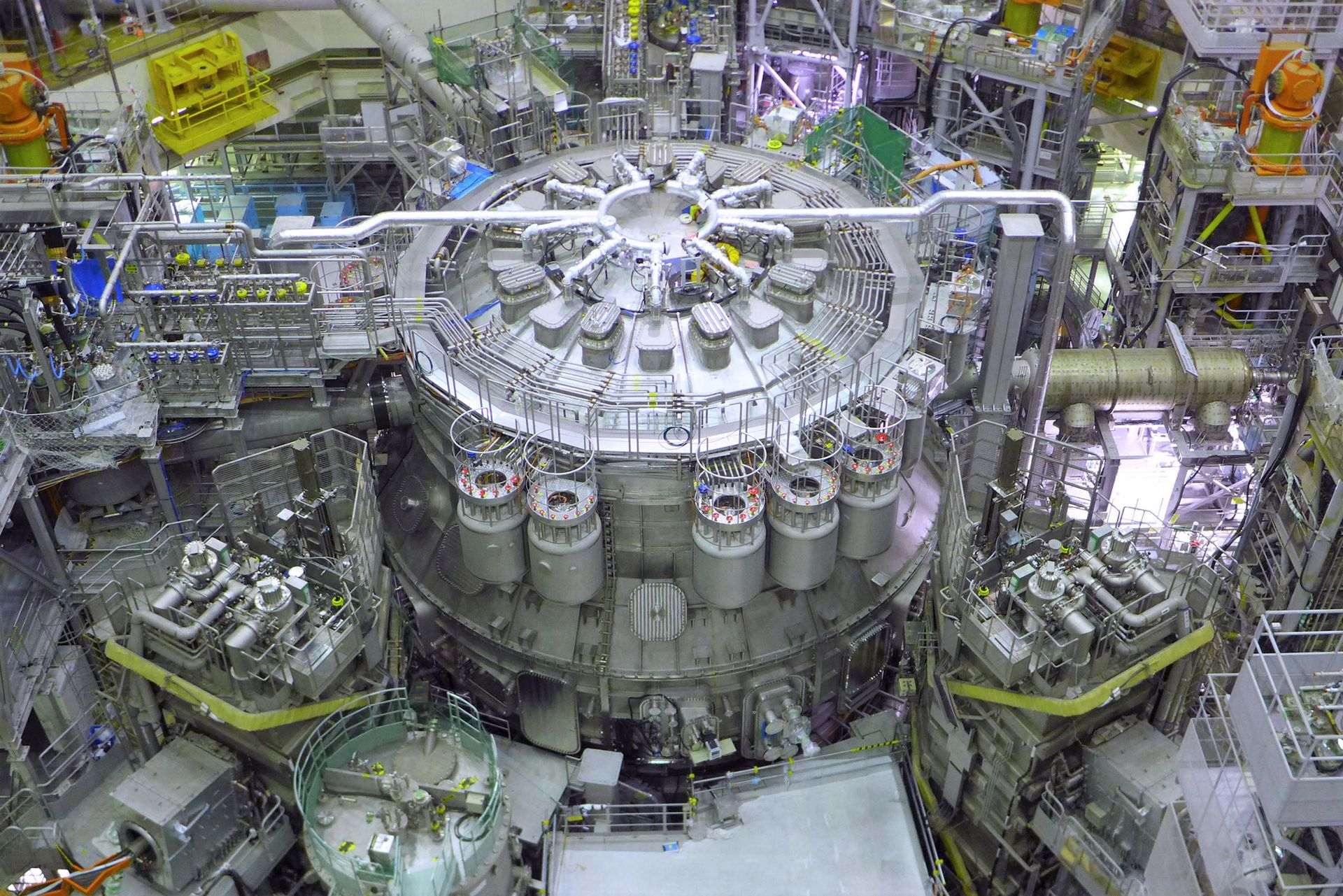
The solution uses the newly developed Hungarian natural language processing algorithms.Continue reading

Researchers and engineers at the Hun-Ren Energy Research Center have contributed to the success of the project by developing an EDICAM (Event Detection Intelligent Camera) video camera system, vital for diagnostic purposes in monitoring the million-degree plasmas in fusion devices, reports Világgazdaság.
The JT-60SA experimental fusion device, was inaugurated in Naka, Japan in collaboration between Europe and Japan. Its successful operation is a major milestone for the scientific community and industry, and opens up new opportunities for the exploitation of fusion energy.
Researchers and engineers from the Hun-Ren Energy Research Center contributed to the success of the project by developing a video camera system called EDICAM (Event Detection Intelligent Camera), vital for diagnostic purposes to monitor the million-degree plasmas in fusion devices.
EDICAM’s innovative ability to capture and analyze these extreme conditions, based on high-speed digital technology, is essential for understanding fusion processes.
Ákos Horváth, Director General of the research center, highlighted the global importance of the facility in scientific research. The fusion facility will be the site of important scientific experiments in the coming decades.
As a member of the Eurofusion collaboration, the center’s researchers and engineers were the first European participants to deliver their diagnostic tool to the Japanese experiment in 2019.
The results of the project, started six years ago, are now being put to real use, as the Hungarian-developed smart camera system was the first time that European and Japanese colleagues were able to see the plasma in the JT-60SA capsules.
JT-60SA is the result of the Broader Approach agreement signed between the European Union and Japan. Construction of the device started in 2007, and assembly was completed in 2020. Since then, a number of technical improvements have been made and the first plasma experiments were carried out at the end of October 2023.
The total cost of the project in the construction phase is around EUR 560 million at current values, co-financed by Europe and Japan.
The project has been hailed as an excellent example of scientific diplomacy, recognizing the spirit, efficient management, and exemplary implementation of joint work.
Fusion energy has many advantages, making it a promising candidate for the energy mix of the future. The fuel is abundant, minimizing the risk of geopolitical conflict, and fusion does not produce greenhouse gases. The JT-60SA offers the scientific community a wide range of opportunities for further training, gaining expertise and conducting plasma experiments that will contribute significantly to the understanding of the physics of fusion. Newly acquired knowledge can be directly applied to the ongoing construction of ITER, Europe’s largest international fusion facility.
Via Világgazdaság, Featured image via Facebook/Energiatudományi Kutatóközpont